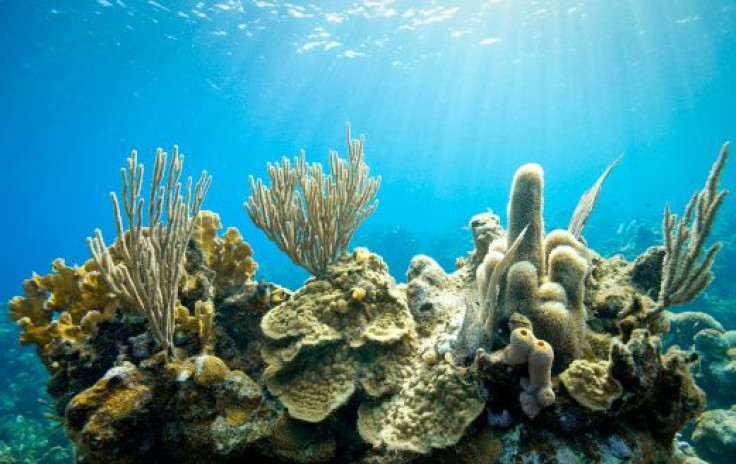World Heritage Sites Threatened By Climate Change Nearly Doubles Since 2014

Latest findings have revealed that climate change impacts one in four natural World Heritage sites, including coral reefs, glaciers, and wetlands. The number of natural World Heritage sites threatened by climate change has grown from 35 to 62 from 2014 to the latest study conducted in 2017. Climate change has been identified as one of the biggest threats they face, according the report which was released by the International Union for Conservation of Nature (IUCN), at the UN climate change conference in Bonn, Germany.
The threatened ecosystems were identified by the study. Coral reefs which are found on the ocean bed and bleach as oceans heat up and glaciers which melt with an increase in temperature were found to be among the most affected ecosystems.
"Climate change acts fast and is not sparing the finest treasures of our planet," said IUCN director general Inger Andersen in the report.
Nearly 29 percent of World Heritage sites faced "significant" climate change threats, the report revealed. Sites like the Everglades National Park in the United States and Lake Turkana in Kenya were also affected critically, making these protected places more susceptible to destruction or change. The ones under very severe immediate threat were marked "critical" in the report.
"The scale and pace at which it (climate change) is damaging our natural heritage underline the need for urgent and ambitious national commitments and actions to implement the Paris Agreement," said Andersen.
Dignitaries have gathered in Bonn to draft a rough rulebook for executing the planet-rescue pact adopted by nearly 200 countries in the French capital in 2015, said the report. The 2015 agreement saw countries sign a deal to limit average global warming caused by greenhouse gases from fossil-fuel burning to under 3.6 F over pre-industrial levels.
The report said that this mark has already been passed when a global average temperature is taken into consideration. The team said that, even if countries all gear up to try and limit global warming, the world is headed for a 3.6 degrees Fahrenheit (2 degrees Celsius) increase in the near future.
According to the report, "three World Heritage-listed coral reefs — the Aldabra Atoll in the Indian Ocean, the Belize Barrier Reef in the Atlantic, and Australia's Great Barrier Reef, the biggest on Earth — have been affected by 'devastating' bleaching events over the last three years," said the IUCN report.
The bleaching of corals occurs when they are stressed by environmental changes. The reasons for the stress include warming or pollution of the ocean which causes these vividly colorful corals to expel the algae that give them their colors. They become bone-white in the process. This is why the process is called bleaching.
"Retreating glaciers, also resulting from rising temperatures, threaten sites such as Kilimanjaro National Park, which boasts Africa's highest peak, and the Swiss Alps Jungfrau-Aletsch, home to the largest Alpine glacier," said the report.
"In Peru's Huascaran National Park, for example, melting glaciers affect water supplies and contaminate water and soil due to the release of heavy metals previously trapped under ice. This adds to the urgency of our challenge to protect these places," the report added.
Invasive plant and animal species came first, followed by climate change as major risks to natural heritage sites. Tourism was the third-biggest threat, followed by infrastructure expansion, mining, and oil and gas exploitation.
The Bonn meeting is the first UN climate envoys' meeting since U.S. President Donald Trump said he would pull America out of the hard-fought Paris Agreement, a move many fear will make the 2-degree Celsius goal much harder to reach.
The IUCN helps monitor more than 200 natural Heritage Sites listed by the United Nations Educational Scientific and Cultural Organization (UNESCO).
© Copyright IBTimes 2024. All rights reserved.











